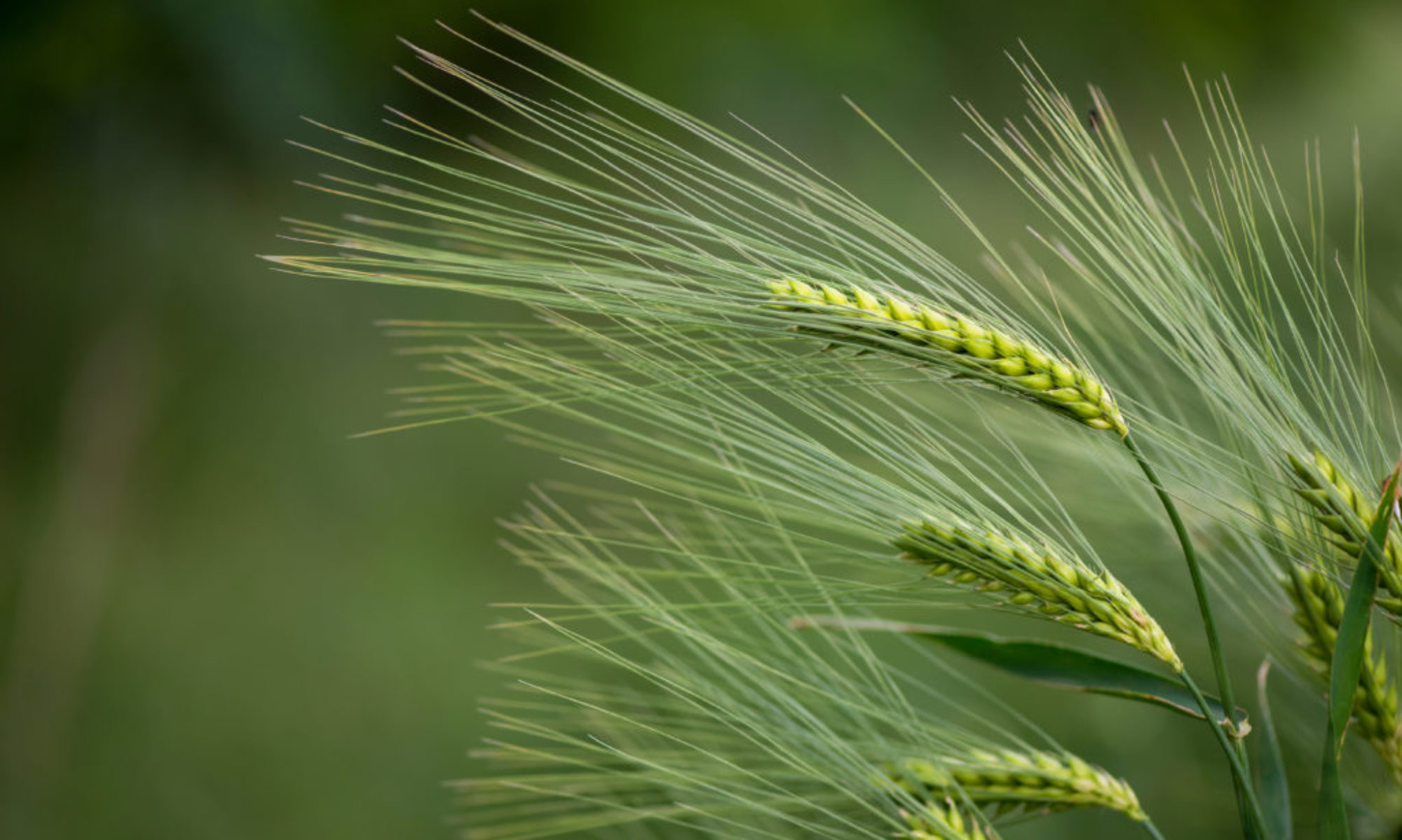By Maddie Patterson
Communications & Marketing Intern
Northern Crops Institute
Barley, we know it is an amazing plant. From the various ways to use it, to all the benefits it provides, barley is a very useful grain. But how exactly can you use it? With all of its versatility sometimes comes confusion about what type barley to use where. Today we’re discussing three different types of food barley and their purposes.
First, here are the three types of food barley.
Hulled barley- This is barley that has been through very little processing. Only the inedible outer shell has been removed. The bran and germ remain.
Pearled barley- Both the hull and bran have been removed.
Hulless waxy barley does not have the hull, but has the bran germ and endosperm.

Hulled barley can be used as a substitute for rice or potatoes. Because of its high gluten content, hulled barley has a chewy texture. When using hulled barley as a substitute, you can prepare it by adding two parts water for every one-part barley, cooking the grain like rice.
Pearled barley is the most common and easily accessible type of barley to find in the grocery store. This white or tan refined grain can be used in soups and is a great addition to risotto. Pearled barley provides food with an extra layer of flavor and nutrition.
Hulless waxy barley has a hull that falls off during harvest, so it doesn’t require pearling. Because of this, hulless waxy barley is a whole grain, while also packing in 12-15% protein. Hulless barley is commonly used to add flavor and texture when cooking. This type of barley can be used either as a substitute, or added into dishes.
Barley is a nutritious, beneficial addition to any diet, and these are just a few ways it can be incorporated into meals. Making sure you have the right type of food barley to add to your dish will give you the maximum flavor and health benefits of incorporating barley.
